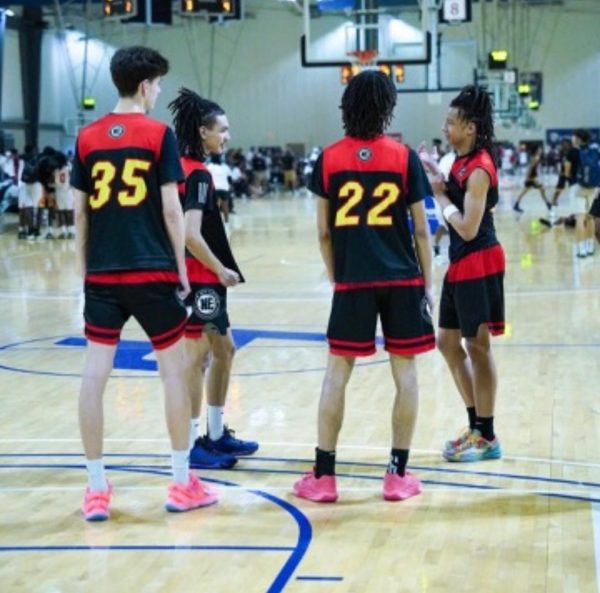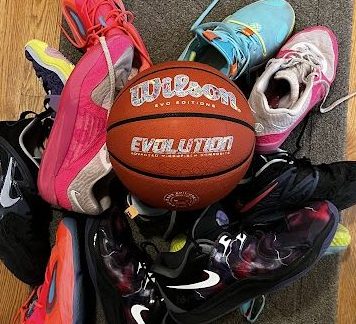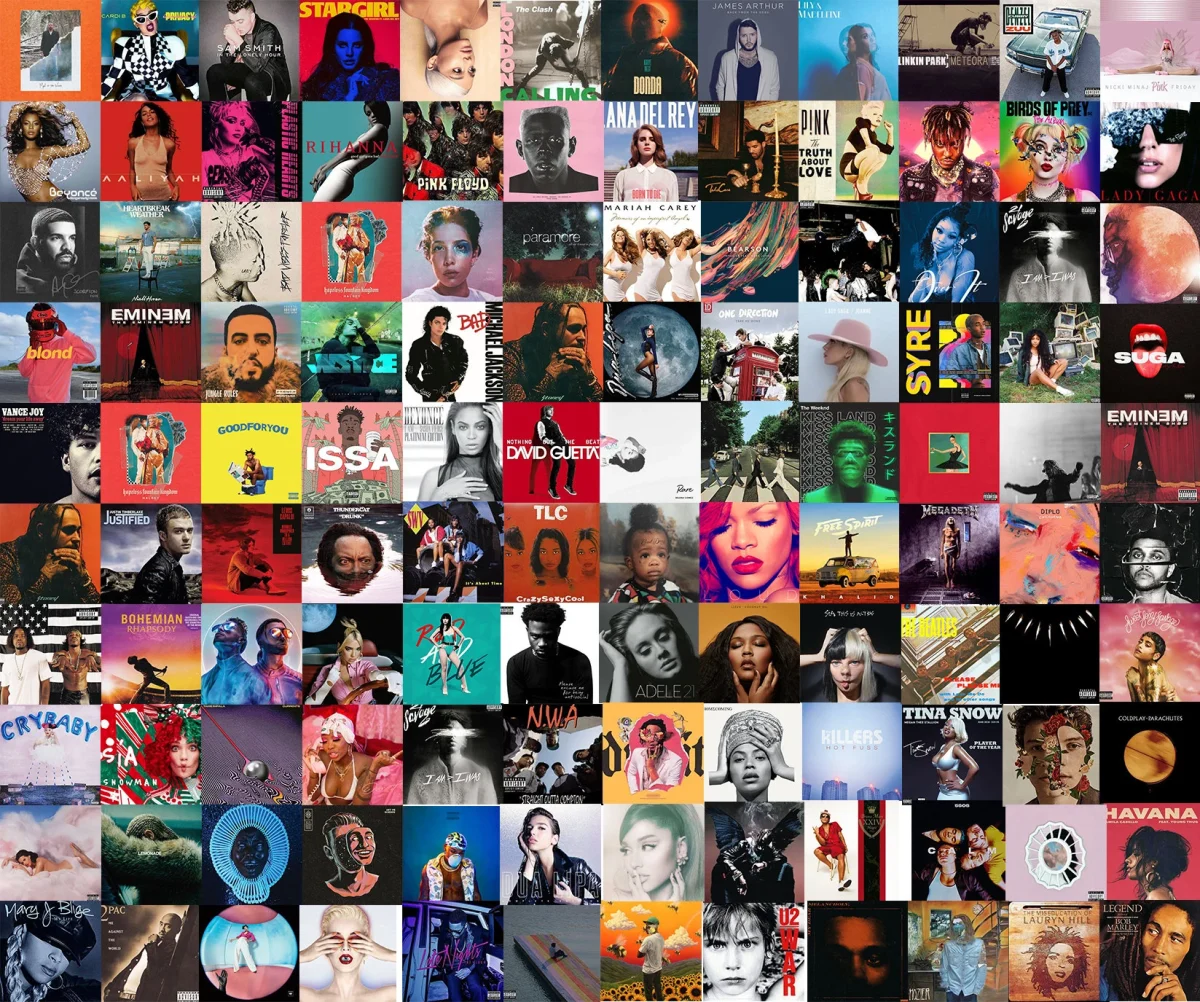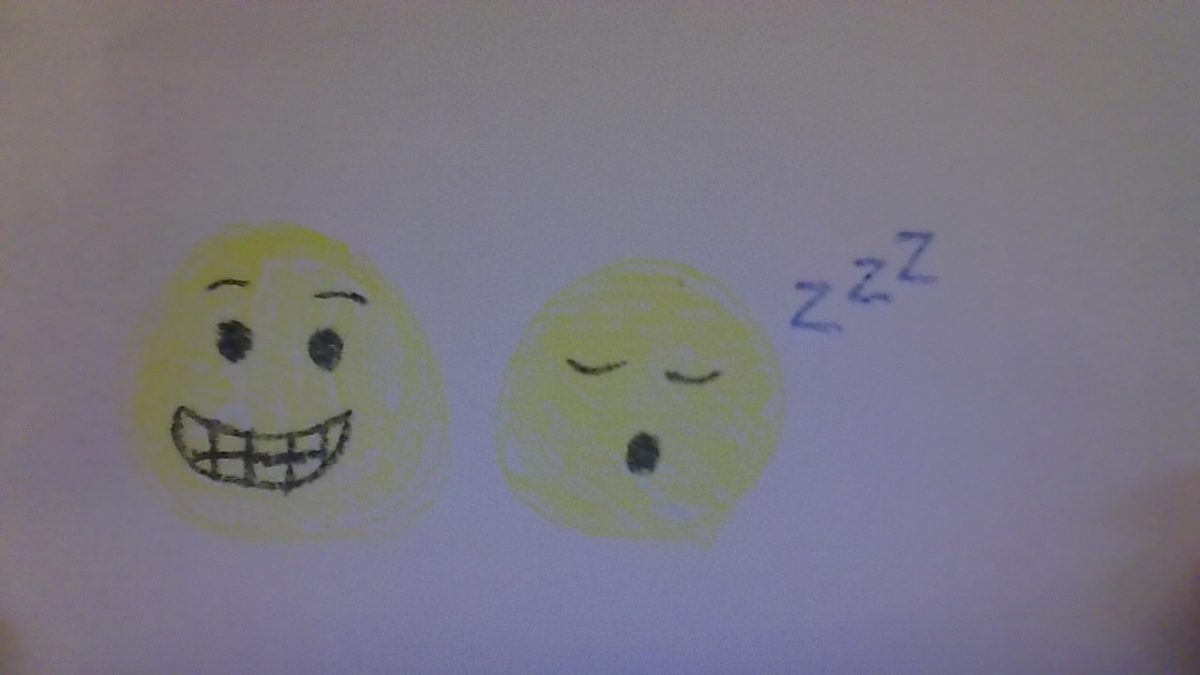Would you be surprised to know talent and athletic ability often are not the key factors in a player’s journey to Division 1 basketball?
Don’t get me wrong. If you are not an elite player, you won’t be able to go D1. But just because you’re “sweet with the rock” doesn’t mean that you will reach the eyes of College coaches.
The majority of Division 1 players take very similar steps and it’s not a coincidence that they all grasp notable levels of success. Things such as your AAU team, high school, and graduating class can all determine if you will make it to the next level.
Arguably the most important step in this process is getting on the right AAU Team. Over 50% of American NBA players played on an E.Y.B.L AAU team. This can be the most important step in your basketball career as it is what will lead you to other opportunities.
Making a good AAU team could land you at a preparatory school or an academy that will ultimately put you in the eyes of college coaches. Certain New England preparatory head coaches have shared that upwards of 100 college scouts have attended their fall-open gyms. Compared to maybe a few scouts at your public school games – if you are lucky.
Athletes attending a prep school not only allows them to play better competition but also have access to better facilities. The majority of preparatory schools have shooting machines, 24/7 access to the gym, and other helpful tools such as trainers, weight rooms, etc.
The circuit that your AAU team plays on can also be crucial to your recruitment. Circuits are an organized season of weekend-long tournaments that determine if you will compete in the final tournament. Winning a tournament in the season is good but the real prize is the team who takes home the final trophy.

The majority of Division 1 players play on one of the four major shoe circuits. According to 247Sports rankings, 57 of the top 100 prospects compete on the Nike E.Y.B.L circuit, 22 play on Adidas’s 3SSB, 12 ball on the Under Armor Association, and 5 play on Puma’s Pro16 circuit. Other notable circuits include Hoop Group, Made Hoops, and The Circuit.
Shoe circuits also have a “Live Period” where colleges can approach and offer scholarships to players they normally would not be allowed to during nonlive periods. This can be a good opportunity to build relationships with coaches and hopefully receive a scholarship.
After the AAU season is finished if players are lucky enough they could catch the eyes of a preparatory program. If the athletes choose to attend one of these schools they are highly encouraged to reclass.
Reclassing is when a player “stays back” while they are changing schools. A very high number of elite players have reclassified at some point in their careers.
This can be a rewarding experience but also requires some sacrifice. The athletes gain another year in sports but also must do another year of school and push their graduating class back a year. Reclassing also allows them to play “down” in AAU, meaning that if the athlete is 17 but is a sophomore they can play in the 17U age group even though this is designed for 16-year-olds.
You might be thinking, how does all of this relate? All of the information provided shows that these are the steps a Division One player must follow, but why? How do these unconventional steps make you a better player?
There is a simple answer, the competition.
The harder the competition the more you will improve. As Michael Hopf once said, “Hard times create strong men”. This really is true though, no matter how hard you work eventually you are going to plateau if you are playing against weak competition.
After you have gone and played against the best of the best and you go back to play against an average player the game is going to feel much slower and less physical.
This past spring I started playing with a circuit AAU team. I expected a slight increase in competition – this was an understatement. It was the hardest thing I have ever done in my life.
The players were all quicker, stronger, taller, and more athletic than I expected. My first few weeks felt like I was trying to tread water with sandbags strapped to my feet. But, I didn’t quit. I stuck with it and noticed how much better I was getting. I could jump higher, I was quicker, and I had much more discipline.
Eventually, the game began to slow down and it felt like any other basketball game. A few months later our season came to an end and I started playing against average high school teams. The same teams that I slightly struggled with the year before now felt fairly easy and I started to play a lot better.
The point is, I never changed anything. I didn’t start training any harder, my skills did not improve colossally. But since I was being challenged I was forced to step up.
Sophomore Silas Roy had a similar situation playing for one of the best club lacrosse teams in the country (Top Gun Clams).
“I feel as if the game has slowed down and I am not as rushed when I play on my high school team”, added Roy
He can agree that not much with his training routine changed he just played better players.
A better example of someone who navigated this “game” correctly is Providence Friars center Oswin Erhunmwunse. He attended Putnam Science Academy, played for a 3ssb AAU team, and reclassified.
Oswin remembers when he first came over from Africa how much it was a struggle to adapt to the level of play and competition here in the States. He quotes that people always said he was “too skinny” “could only jump” and questioned if he could “play other big guys”.
Oswin did not quit though, he stuck with it and eventually adapted to be able to compete with the best. He didn’t stop there though, he kept building on this and eventually earned himself ESPN’s number 31 spot in high school hoops. Oswin is a prime example of someone who has worked hard, followed the steps of other Division 1 players, and was able to achieve the end goal.
It’s not a coincidence that we are seeing more and more players attend prep school or give up other sports so they can play on circuit teams. It is also not a coincidence that these are the athletes who play Division 1. More people who wish to play collegiate basketball are realizing the game has changed and they need to get with the times.
It is not always enough just to spend time working in your backyard, if you wish to be successful you should take into consideration your AAU team and the high school you go to.
There are 2 games involved in basketball, one of these being on the court and the other involves precise planning and a significant sacrifice of your time.
If you wish to make it you can’t just play one game.
WC: 1158









